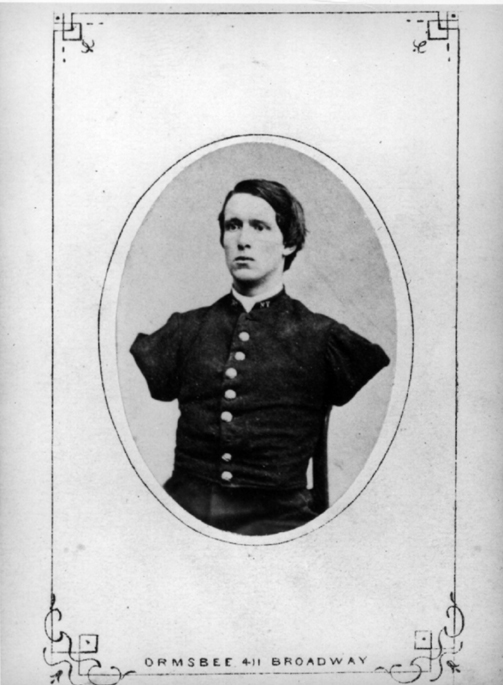SAVE THE DATES: Two exciting lunchtime lectures at the National Museum
of Health and Medicine this month!
On Thursday, June 19 at noon, AFIP pathologist Wayne Meyers, M.D. will
discuss the history of leprosy in America.
Then, on Thursday, June 26 at noon, James L. Krahenbuhl, Ph.D., director
of the federal National Hansen's Disease (Leprosy) Program will offer a
talk about the need for a greater awareness about leprosy in the U.S.
Both lectures are free and will take place in Russell Auditorium at
NMHM. After the talks, take advantage of the opportunity to visit our
temporary exhibition, "Triumph at Carville: A Tale of Leprosy in
America."
Here are the details:
What: Lecture by pathologist Wayne M. Meyers, M.D., Ph.D., Armed Forces
Institute of Pathology
When: Thursday, June 19, 2008; 12:00-1:00 p.m.
Where: Russell Auditorium at NMHM (on Walter Reed Army Medical Center,
Building 54)
Cost: Free! Bring a bag lunch.
What: Learn the 113-year history of the "national leprosarium" and the
need for an awareness of leprosy in the U.S. medical community, with
James L. Krahenbuhl, Ph.D., director of the federal National Hansen's
Disease (Leprosy) Program
When: Thursday, June 26, 2008; 12:00-1:00 p.m.
Where: Russell Auditorium at NMHM (on Walter Reed Army Medical Center,
Building 54)
Cost: Free! Bring a bag lunch.
Museum Address: 6900 Georgia Avenue, NW, Building 54, Washington, DC,
20307. (Photo identification required.) Free parking is available.
Contact: (202) 782-2200 or http://www.nmhm.washingtondc.museum



































